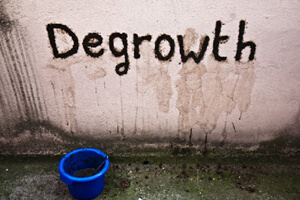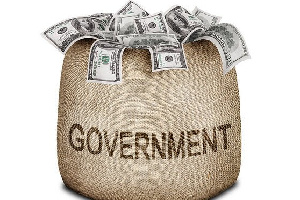Crypto Explained and Why Every Dogecoin Has Its Day
Looking for clues that maybe markets are getting a bit bubbly?
Well, look no further than cryptocurrencies, where a token designed as a joke about a dog on the internet is now worth billions of dollars.
Now, that doesn’t make a huge amount of sense to us, either. But here’s a rundown of the basics.
So, why is everyone talking about cryptocurrencies?
Suddenly, everyone from investment banks, to central banks, and cab drivers has an opinion on crypto, arguably the most speculative asset class on the planet, and definitely one of the most divisive.
That’s because the price of these digital tokens, something between a currency and commodity, shot so high that the establishment can no longer ignore it.
Bitcoin, the biggest of the bunch, started 2021 on a tear. But it more than doubled in price from there to reach a record $64,000 a pop in April before a fierce pullback. Bitcoin operates outside traditional financial markets and its supply is not controlled by central banks. Instead, computers verify and record transactions on blockchain technology, largely without regulation.
Once mined, coins are stored in digital wallets and are traded either privately or on specialised exchanges like Coinbase.
The value of Bitcoins in circulation has boomed to around $700bn, luring in amateurs and some professional investors and prompting banks to launch a range of crypto services.
But thousands of cryptocurrencies, typically called altcoins, are also out there. Ether, which trades on the Ethereum network, is one of the biggest, and is seen as a serious challenger to Bitcoin’s dominance.
Regulators have struggled to keep pace with the rapid growth, but some are catching up in countries including China, the US, and South Korea. Some central banks are considering launching central bank digital currencies that could quickly wipe out some of crypto’s supposed benefits.
What are stable coins?
Stable coins, such as Teva and USDC, are designed to be a safe place for cryptocurrency investors to stash their cash. Many are linked to the price of traditional, or fiat, currencies, like the US dollar, or to other digital coins.
Think of them kind of like a crypto version of a bank account. The idea is that the money you place in these coins is stable and secure, hence the name.
Here’s the problem. Stable coins are largely unregulated in most major markets, and come with few, if any, investor protections. Many industry participants say they’re working to produce audited financials on the reserves that back their coins, but at the moment, few offer extensive accounting.
Tether, which has around $60bn worth of coins in circulation, was fined earlier this year in New York over allegations it lied about its reserves. It did not admit or deny wrongdoing.
The icing on the cake? Well, cryptocurrency mining takes a lot of electricity. More electricity than some small countries use. Think the kind the size of Sweden or Pakistan. Central banks are starting to pay attention to this, but it’s not going away.















